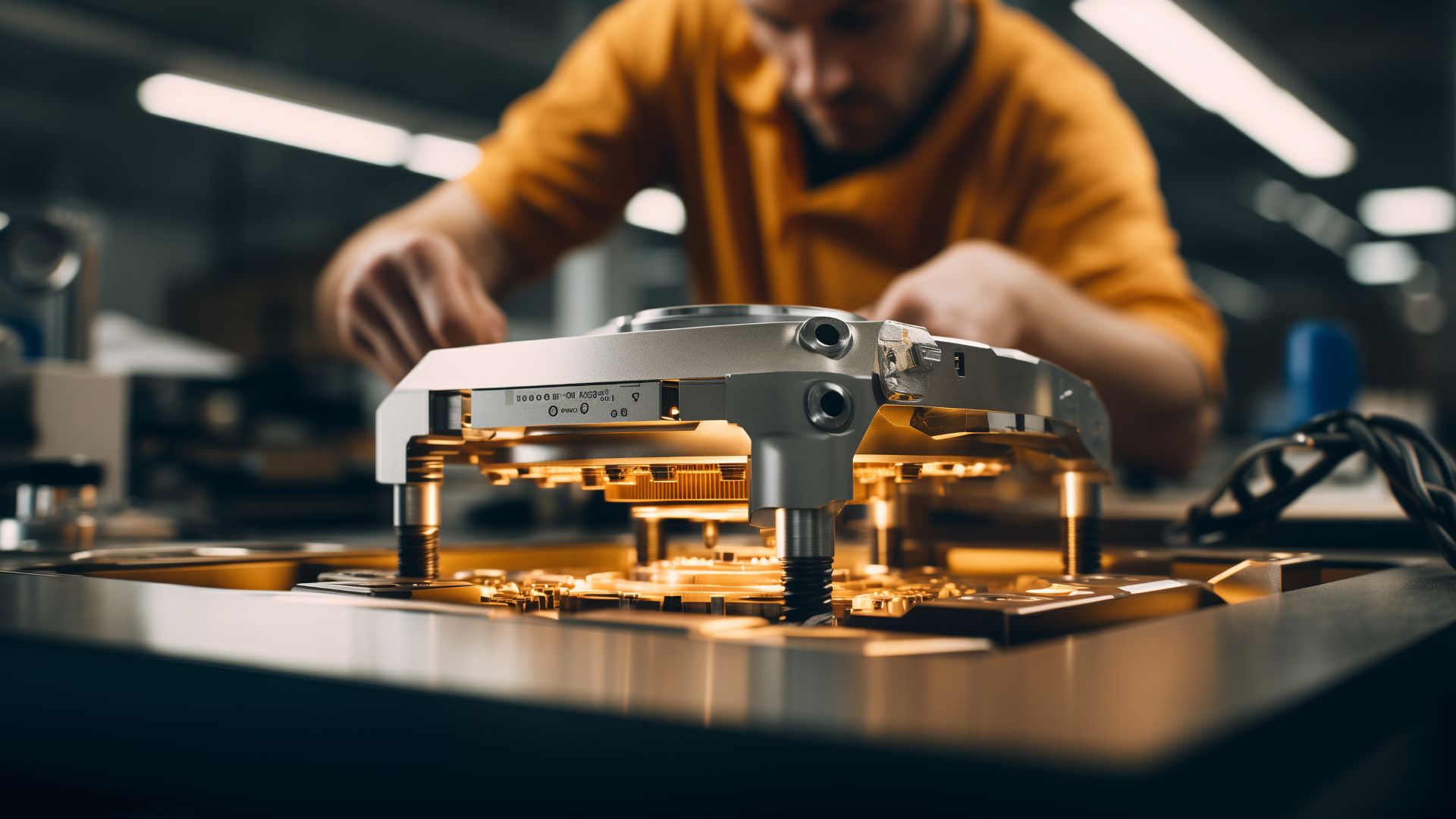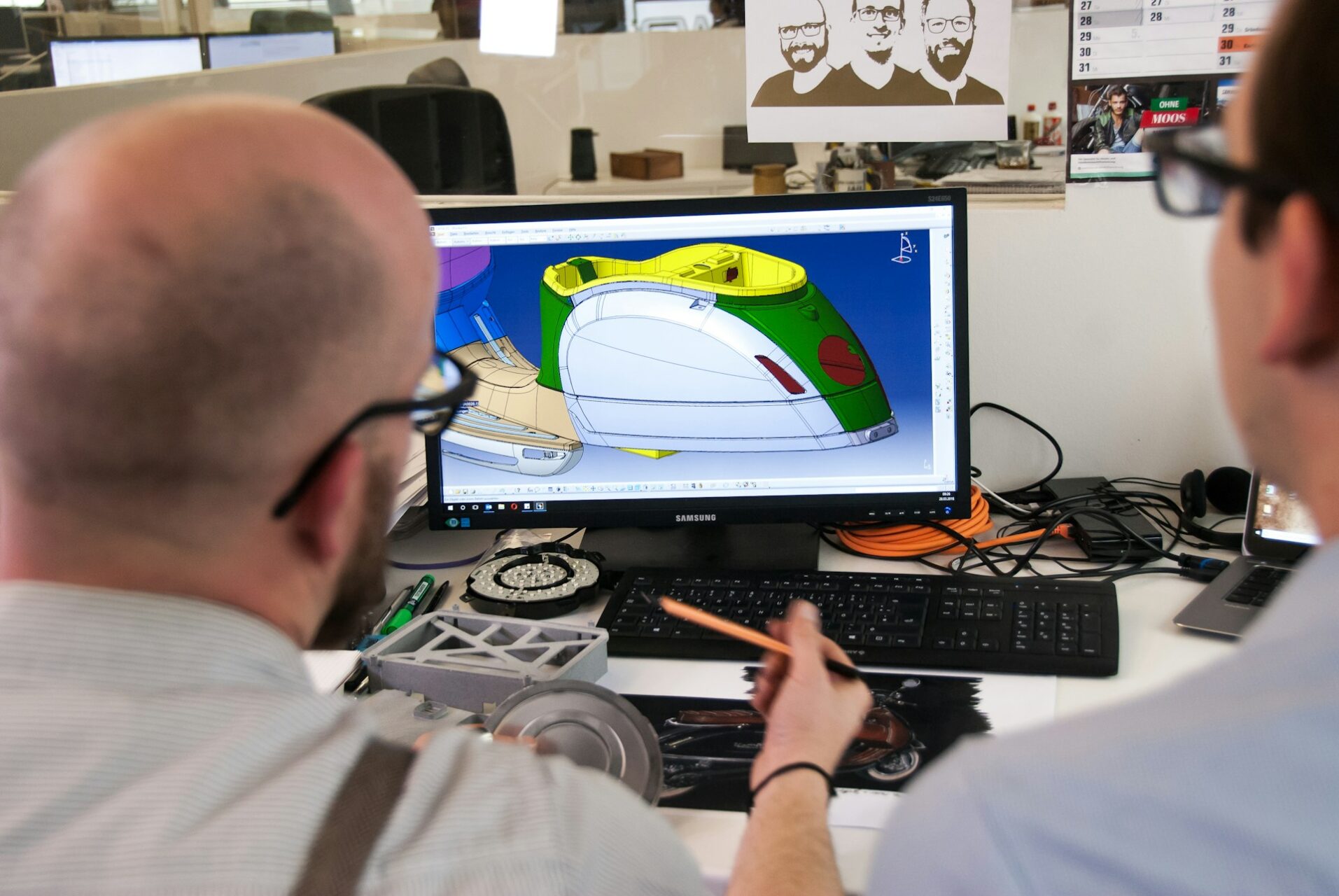
NDT Testing Methods: Types, Benefits and Use Cases
October 23, 2023 - Emily Newton
Revolutionized is reader-supported. When you buy through links on our site, we may earn an affiliate commision. Learn more here.
NDT testing methods are a vital part of inspection processes in a wide array of industries. They allow inspectors to collect critical data without causing damage or risking safety. How do NDT testing methods work? What industries are using NDT today?
What is Non-Destructive Testing?
Non-destructive testing, also known as NDT testing or simply NDT, is a collection of industrial inspection methods that minimize damage to products and systems. It uses a wide array of tools to determine the structural integrity and performance of an object or system without physically straining it.
6 Common NDT Testing Methods
There are many NDT testing methods in use today. Some types of NDT are designed for specific niche use cases, such as measuring a certain property or inspecting something in unique conditions. Most NDT methods have a range of use cases.
1. Visual Inspection
The simplest NDT testing method is basic visual inspection. Many types of NDT use advanced tools and techniques, but NDT doesn’t need to be complicated. Visually inspecting an object or system can reveal plenty of valuable information about it.
Technicians may conduct visual inspection with the naked eye, magnifying glasses and various viewing technologies. It’s usually the ideal NDT method for spotting existing damage or clear physical defects.
Inspectors can also use camera equipment to perform visual inspection. For instance, an aerospace technician could use a small drone to visually inspect a large aircraft. Conducting visual inspection using cameras allows the inspection footage to be reviewed and analyzed afterward, which can yield more detailed insights.
2. Ultrasonic Testing
Ultrasonic testing is the most popular NDT testing method for collecting data about sub-surface properties on an object or system. These can be some of the most difficult to inspect without disassembling or damaging the object. Ultrasonic testing resolves that issue.
In ultrasonic testing, a technician uses a device that emits high-frequency sound waves to detect the shape of structures beneath the surface of an object. It works much like the sonar that dolphins and other animals use to sense their environment.
There are a few different subtypes of ultrasonic testing, including straight beam, angle beam, immersion testing, through transmission and phased array. Each uses similar technology but employs a slightly different setup or type of sound wave.
3. Radiographic Testing
Radiography uses different types of radiation to recreate the structure of an object in a shadowgraph. The shadowgraph shows disturbances in the beams of radiation that were picked up by a detector. In this case, those disturbances show the interior structure of an object receiving non-destructive testing.
Much like ultrasonic testing, radiographic testing is often used to inspect the interior structure of an object or system. Several types of radiation are commonly used, such as X-rays or gamma rays. The type of radiation a technician uses typically depends on the density of the material they are trying to test.
4. Eddy Current Testing
Eddy currents are induced, loop-shaped electrical currents created in reaction to a changing magnetic field’s influence on a conducting material. As an NDT testing method, Eddy currents help inspectors non-invasively find imperfections in objects.
The inspectors focus an Eddy current on the object or surface they want to test. Interruptions in the flow of the current indicate where a defect or imperfection is located. This testing method is most often used to find damage on an object, such as corrosion in a metal component. It’s one of the most common NDT methods in the aerospace industry.
5. Magnetic Particle Testing
Magnetic particle testing is somewhat similar to Eddy current testing in that it utilizes principles of electromagnetism. Inspectors induce a magnetic field on or around the object they want to test. They may even submerge it in a liquid during the process.
Next, inspectors spread iron filings on the object to reveal disruptions in the magnetic field induced on the object. The disruptions or inconsistencies indicate where a flaw, defect or damage may be located. This testing method tends to work better with objects made of materials sensitive to magnetism.
6. Acoustic Emission Testing
Acoustic emission testing uses sound waves generated by a burst of sharp, but safe physical contact. It’s sometimes called a “tap test” since it often involves lightly tapping the exterior of the object to trigger sound waves to ripple through it.
Physical force isn’t the only kind of impact used in acoustic emission testing. Inspectors may also use rapid temperature changes, pressure changes or a heavy load. These forces can trigger stress waves through the material of the object.
Acoustic emission testing is typically used to analyze continuity in the material of an object. For example, if a plastic object is deformed, the inconsistency in the material will show up in the way elastic waves travel through it.
Benefits of NDT Testing
Why use NDT testing methods? There are a few reasons inspectors in many different industries opt for non-destructive testing. One of its most important benefits is safety. NDT methods are generally much safer for everyone involved compared with more invasive testing techniques.
Additionally, non-destructive testing reduces waste. One of the biggest drawbacks with destructive or invasive testing is that it often results in wasted materials that can’t be recovered or reused. With NDT, the object or system isn’t physically altered in the testing process.
Since NDT methods are usually less physically intensive, they tend to be more efficient, as well. Technicians can complete more tests or collect more data in less time compared to more destructive alternatives.
Industries That Use NDT Testing
Many industries use NDT testing methods today. The aerospace industry is one of the largest adopters of NDT. Aircraft are large and expensive assets, so destructive or invasive testing methods can result in significant financial losses. NDT methods are an ideal and versatile alternative. The defense, mining and automotive industries similarly use NDT.
Non-destructive testing is also common in utilities, oil and gas, and architecture. In these industries the assets that need to be tested are so large and complex that invasive or destructive testing methods are simply not viable. NDT methods are very well-suited for carefully yet effectively collecting data on buildings, underground infrastructure and large machinery.
Interestingly, healthcare is also a major adopter of NDT methods. Many of today’s most common medical testing processes, such as ultrasounds or CT scans, use NDT methods adapted for analyzing the human body. In this case, it’s extremely important that tests don’t cause any harm! So, NDT has important use cases beyond mechanical testing.
Exploring NDT Testing Methods
NDT testing methods are a vital part of inspection processes in numerous industries. They allow inspectors to collect data on objects and systems without causing damage, risking safety or wasting valuable materials. To learn more about NDT, explore the educational resources available from the American Society for Nondestructive Testing, which offers training, guides and certifications.
Revolutionized is reader-supported. When you buy through links on our site, we may earn an affiliate commision. Learn more here.
Author
Emily Newton
Emily Newton is a technology and industrial journalist and the Editor in Chief of Revolutionized. She manages the sites publishing schedule, SEO optimization and content strategy. Emily enjoys writing and researching articles about how technology is changing every industry. When she isn't working, Emily enjoys playing video games or curling up with a good book.




